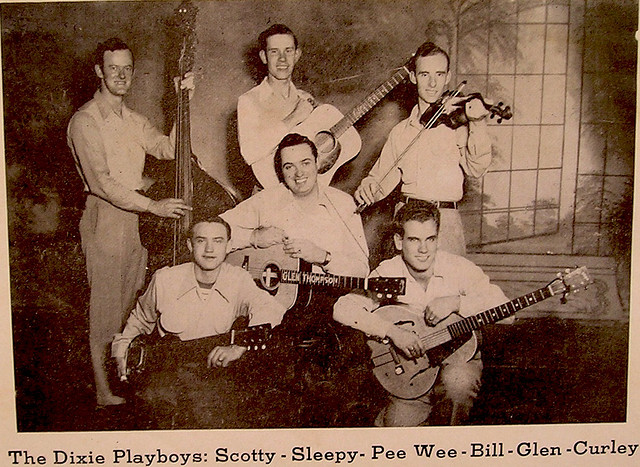The world of the independent and mainstream music scenes is perhaps one of the most notable bifurcations that currently exists in the pop music industry. Both the connections and contrasts between the two sects of music run deep and always bear fascinating results on the surface. As a spectator, its often even hard to decipher which of the two are leading the other. In pointing out these strange continuities within culture, we are attempting to throw out the labels the marketers have given us and more clearly see what is happening in our culture.
One of the most seemingly random trends of this year so far has been a resurgence in interest in the saxophone. Now that the “hipster” value system has been fully identified and inexplicably embraced by mainstream culture, 80s rehashes and all things nostalgia-loving are seemingly commonplace throughout both mainstream and indie culture. So far this year, artists from across the spectrum have been rediscovering this brass instrument that has for awhile now been too cheesy even for the indie scene. However, starting off the year, artists like Destroyer and Iron and Wine embraced the instrument in their respective album releases, recalling the smooth jazz and soft rock of the 80s.
A couple months later, the man who is single-handedly re-inventing the saxophone as an avant-garde instrument, Colin Stetson, released his third full-length album, New History Warfare Vol. 2: Judges. If you’ve seen his name before, it’s probably because aside from being a solo artist, he has recorded and performed with acts like Arcade Fire, TV on the Radio, and Bon Iver. In fact, both Bon Iver’s recently released, self-titled album and Fleet Foxes’ sophomore album feature Stetson tearing it up in both avant-garde (see Fleet Foxes’ track “The Shrine / An Argument”) and cheese-factor settings (see Bon Iver’s track “Beth / Rest”).
But things get really interesting when we look to mainstream pop. Two huge singles from pop idols Katy Perry and Lady Gaga both feature screamin’ sax solos that are equally cheesy, but attempt to recall the “better days” of pop. Lady Gaga’s mega-hit, “Edge of Glory”, features the late Clarence Clemons of Springsteen fame soloing against a sea of typical Gaga 80s synthesizers. Meanwhile, Katy’s party-theme, “Friday Night”, features none other than the king of cheese himself, Kenny G. In the song’s music video he can be seen making complete fun of himself during his solo at a teenage party, which poses the question: what’s the difference between what pop stars like Lady Gaga and Katy Perry are doing and what indie bands like Destroyer and Iron and Wine are doing anyways?











